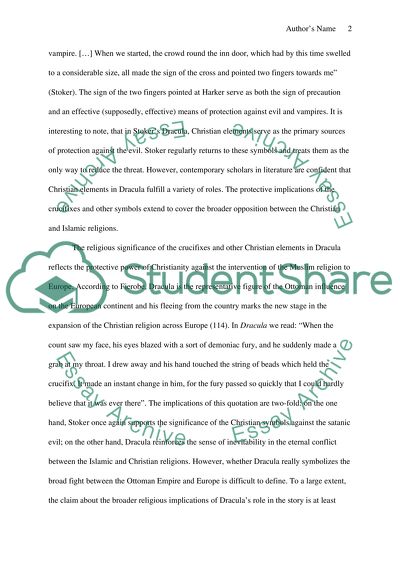Cite this document
(“The Religious Elements of Christian Traditions and Catholic Sacraments Research Paper”, n.d.)
The Religious Elements of Christian Traditions and Catholic Sacraments Research Paper. Retrieved from https://studentshare.org/religion-and-theology/1573581-the-religious-elements-of-christian-traditions-and-catholic-sacraments-in-dracula
The Religious Elements of Christian Traditions and Catholic Sacraments Research Paper. Retrieved from https://studentshare.org/religion-and-theology/1573581-the-religious-elements-of-christian-traditions-and-catholic-sacraments-in-dracula
(The Religious Elements of Christian Traditions and Catholic Sacraments Research Paper)
The Religious Elements of Christian Traditions and Catholic Sacraments Research Paper. https://studentshare.org/religion-and-theology/1573581-the-religious-elements-of-christian-traditions-and-catholic-sacraments-in-dracula.
The Religious Elements of Christian Traditions and Catholic Sacraments Research Paper. https://studentshare.org/religion-and-theology/1573581-the-religious-elements-of-christian-traditions-and-catholic-sacraments-in-dracula.
“The Religious Elements of Christian Traditions and Catholic Sacraments Research Paper”, n.d. https://studentshare.org/religion-and-theology/1573581-the-religious-elements-of-christian-traditions-and-catholic-sacraments-in-dracula.


